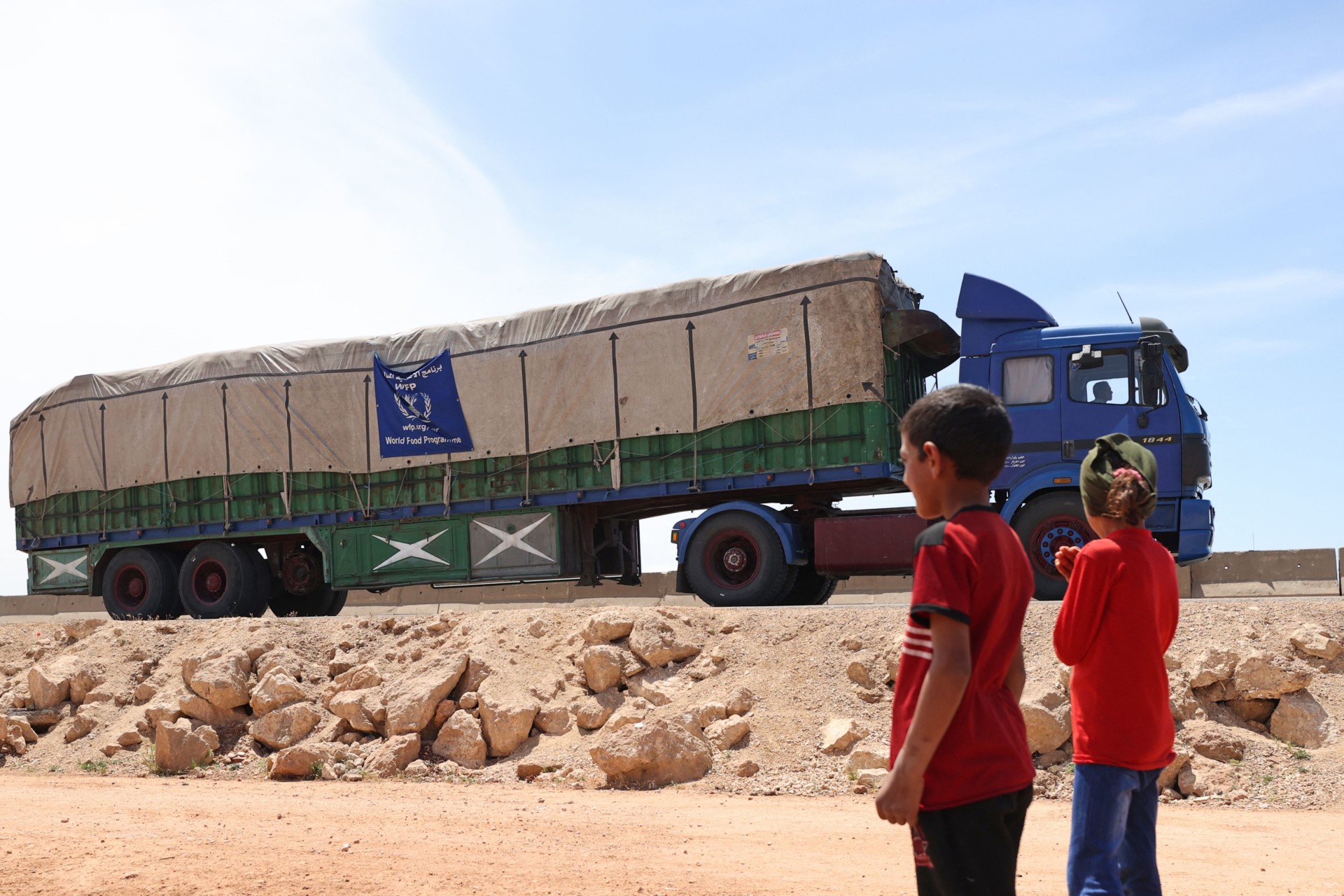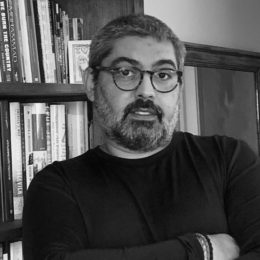In 2021, an estimated 60% of Syria’s population was food insecure. As of December, the U.N. determined that 14 million people in Syria are in need – a 27% increase since December 2020. Of these 14 million, 12 million are in “acute need.” Since 2011, the international community has poured $40 billion into Syria, of which at least $23 billion went through the U.N.’s multi-pronged aid and assistance program. In 2021, the top three donors were the United States (45.5%), Germany (25.5%), and the European Commission (8.2%). From 2012 to 2022, the World Food Program received 27.4% of all aid dollars, and it has been the largest single recipient of U.N. funding for the Humanitarian Response Plan for Syria. In 2021, the World Food Program reported transferring 541,325 metric tons of food aid, supporting 6,864,565 total beneficiaries. Humanitarian aid to Syria is delivered in several ways: a private system that goes through neighboring countries, through the U.N. Security Council Resolution 2585-mandated border crossing at Bab al-Hawa on the border with Turkey, or via direct aid provision through agreements with the Syrian government and the U.N.’s direct support program. Some aid has been delivered to areas outside of the Syrian government’s control via a mechanism known as “cross-line” aid delivery. This method relies on the Syrian government allowing the U.N. or other humanitarian aid groups to move the aid in convoys through military front lines and into opposition-held territory.
On July 10, the U.N. Security Council will vote on whether to renew the cross-border humanitarian aid mechanism for Syria – the only way in which aid can be delivered and not diverted by the corrupt Syrian government to benefit from. This report outlines the ways in which the Syrian government has been stealing and benefiting from U.N. humanitarian aid and provides recommendations on how to change this dynamic. Over half of all aid dollars into Syria flow via the U.N. Understanding how it implements programs, spends money, delivers aid, and ensures accountability and transparency of programs should be a top priority for government donors. Additionally, it is important to understand whether the U.N. aid program in Syria is undercutting the very sanctions designed to hold the government accountable for its crimes against the Syrian people. This report concludes that aid diversion is rampant throughout government-controlled portions of Syria, and as a major deliverer of U.N. aid, the case of Syrian Arab Red Crescent in particular shows this systematic diversion.
Major Policy Implications for Aid in Syria:
- Aid cannot be provided to the whole of Syria solely via U.N. aid operations based in Damascus. U.N. Security Council-mandated cross-border aid via Turkey to Idlib Province must continue, or millions will risk quickly losing access to life-sustaining aid.
- A lack of cross-border aid mechanisms into opposition-held Northwest Syria could result in a severe aid shortage, forcing hundreds of thousands of refugees into Turkey. This in turn could divert refugee flows into Europe.
- A lack of cross-border aid mechanisms will create more legal, logistical, and political hurdles for humanitarian international NGOs in Syria.
- Corruption in the U.N. aid program creates questions about U.N. neutrality in conflict settings such as Syria, where a recognized state actor is fighting non-state actors. Here the U.N.’s rigid adherence to state sovereignty makes aid programs vulnerable to manipulation and misuse by malign state actors. Without a guarantee that aid is being provided via a transparent and impartial mechanism, trust in the neutrality of international aid provision will erode, setting a dangerous precedent for other conflict spaces.
Major Report Takeaways:
- The Syrian Arab Red Crescent plays a major role in diverting U.N. aid in Syria.
- Syrian intelligence and military services are embedded in all levels of the aid process, diverting aid to their respective networks.
- The Syrian government is using U.N. aid to support its soldiers, security forces, allied militias, and political and business supporters.
- There is more ability to create transparency and accountability for cross-border than cross-line aid due to rampant aid diversion by Damascus.
- Lack of oversight and accountability in aid provision inside government-controlled Syria has created a micro economy based on diverting aid and selling it for profit at all levels. The current U.N. aid modality has created a class of businesspeople who profit from humanitarian aid in Syria.
- While sanctions on the Syrian government were designed to isolate bad actors from the global economy and punish them for atrocities, U.N. aid has given them an economic lifeline and helped them support the government’s war effort.
- The Syrian government and its allies can divert U.N. aid with support from political allies and businesspeople in Lebanon.
Major Policy Recommendations:
- The U.S. government, EU Commission, and large EU donor countries should fully review policies with the U.N. and how aid dollars are being used in Syria. This should include a full forensic audit by an external party akin to the type of investigation that the Office of the Inspector General for USAID would conduct into allegations of waste, fraud, abuse, and corruption. U.N. counterparts should understand they are in fact implementing partners who are legally and financially responsible and accountable to their donors for the money they spend.
- The U.S. government, along with EU governments, must impose sanctions on the board members and decision-making staff at the Syrian Arab Red Crescent, who play a direct role in the mass diversion of humanitarian aid.
- Donor countries should demand the U.N. route more aid through the available cross-border mechanism.
- If donor countries cannot conduct independent monitoring of U.N. programs in-country to ensure systematic aid diversion is not occurring, there should be a mechanism to decide whether an aid program should be suspended or have its funding reduced until proper remediation occurs.
- The U.S. government, EU Commission, and large EU donor countries need to inspect U.N. operations in Lebanon, especially procurement, to determine how the Syrian government’s network there is diverting aid and aid money. Any Lebanese state actors implicated should be sanctioned. A determination needs to be made whether Lebanon can remain a U.N. aid hub for Syria or if operations should be moved.
- If the U.N. cannot or will not make substantive changes to its aid program in Syria, donor governments should reduce funding and use their own directly funded aid programs instead. · If the July vote on cross-border aid fails and the U.N.-mandated mechanism collapses, the U.S., the EU, and major donors should seek several multilateral agreements with Turkey, the Kurdistan Regional Government, and the government of Iraq to facilitate standalone aid mechanisms into northwestern and northeastern Syria, rather than normalization with the Syrian government. This should galvanize the international community to drastically reduce U.N. funding in Syria and focus on standalone aid programs that almost all major international donor governments already have in place.








